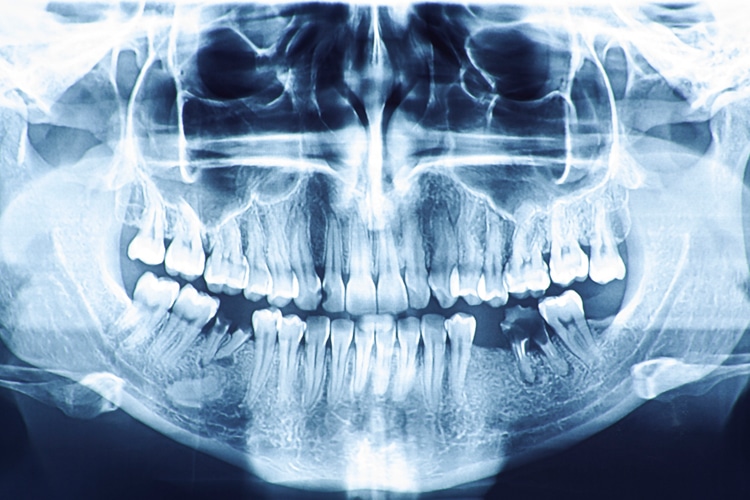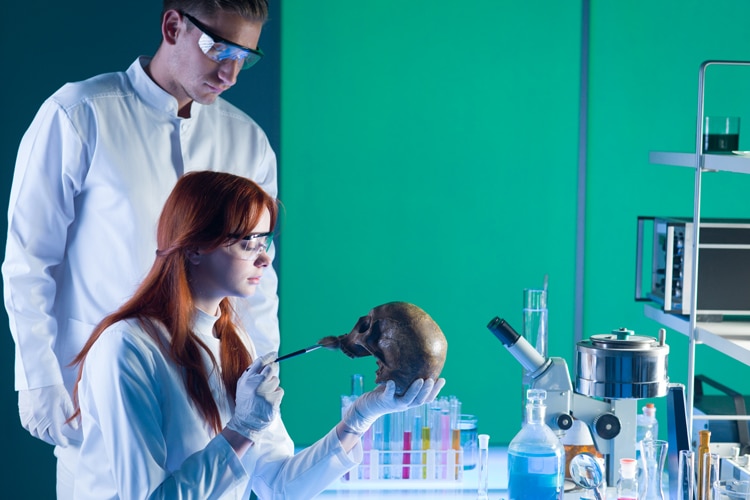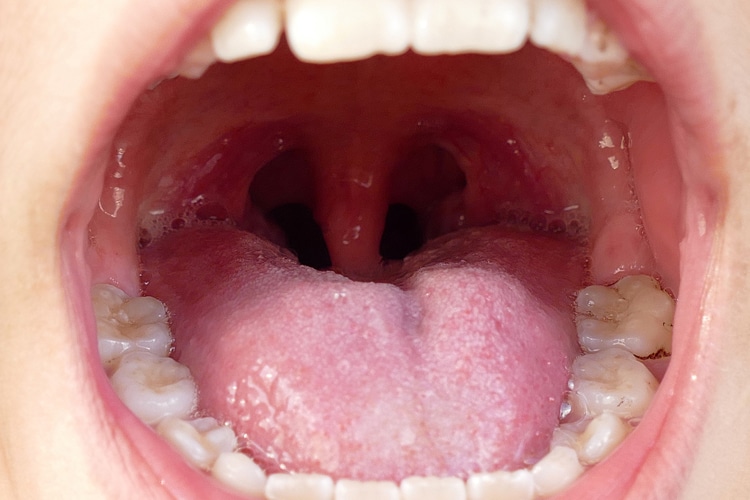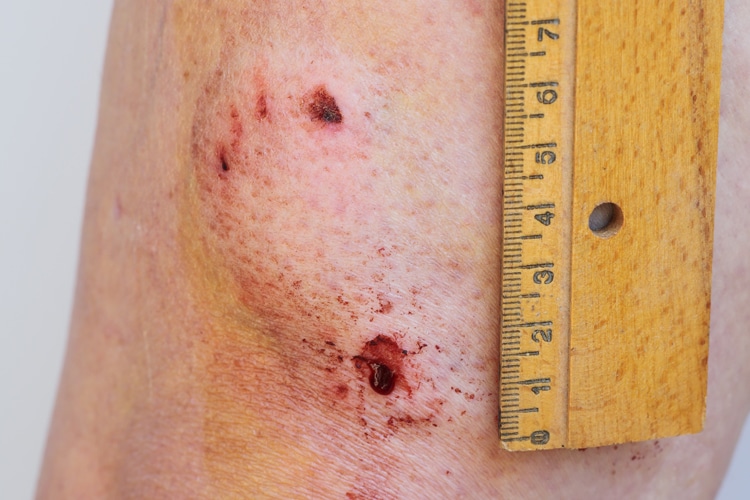Dental Hygienists in Forensic Dentistry
Forensic dentistry, or forensic odontology, focuses on the examination, evaluation, management and presentation of dental evidence in civil or criminal legal proceedings.

Forensic dentistry, or forensic odontology, focuses on the examination, evaluation, management and presentation of dental evidence in civil or criminal legal proceedings. It can be used to identify human remains in individual deaths or mass disaster events, note signs and symptoms of abuse or neglect, help to estimate approximate age, and assess a subject‘s oral cavity. While forensic dentistry is a specialized field, oral health professionals play an important role by maintaining accurate dental records that may be used for identification in future cases.
Photo Credit: GeorgePeters / DigitalVision Vectors

Importance of Dental Records
While oral health professionals may not work directly at the scene of a traumatic event, each member of the dental team is important in ensuring records are valid and up to date, as this information may be necessary for identification. Dental personnel should be thorough and precise when documenting each examination or procedure. Records that may be used for identification purposes include medical history, dental history, dental examination info, radiographs, intra- and extraoral photographs, study casts, treatment plans, and treatment entries. Accurate records must be maintained at each visit. Appropriate dental documentation should include treatment, restorative care, dental anatomy, and periodontal status. Dental records should be legible, well maintained, and accessible when requested by the appropriate authorities.
Photo Credit: cioncabogdana / iStock / Getty Images Plus

Identity Uncovered Via Teeth
The oral cavity provides myriad ways of aiding the forensic identification process. Bone examination can be used for reconstruction purposes. In addition to the facial bones, cone-beam computed tomography, radiographs and photographs can be used to reconstruct an individual’s face. The presence of implants and joint replacements can also help identify an individual; similarly, salivary DNA analysis may also be used. The presence or absence of particular teeth and the position of various teeth can aid identification. Exact and correct documentation is paramount, as this information could be used for comparative purposes when needed to identify an individual.
Photo Credit: shotsstudio / iStock / Getty Images Plus

Post-Mortem Dental Examination
The post-mortem dental examination is conducted by the authority and under the direction of the coroner/medical examiner or the designee, typically a forensic deontologist. Examinations are usually conducted in a morgue setting or temporary station set up at the scene of a mass disaster. Once the body is ready for evaluation, computer equipment can be used while information is collected for the comparison of postmortem and antemortem data. The tools used by the examiner to analyze and collect data include items typical of routine dental examinations, such as intraoral cameras, handheld radiography units, and computers with programs for item analysis. Remains are charted using a description that is similar to an intraoral examination.
Photo Credit: Mihajlo Maricic / iStock / Getty Images Plus

Lip Prints
Cheiloscopy is a forensic identification technique that can be used to verify identify through prints found on the lips, as these groove patterns are unique for each person and rarely change throughout the life of an individual. These imprints may be found on a glass after drinking, cigarette butts, and a window if pressed upon with the lips.
Photo Credit: Svetlana Apukhtina / iStock / Getty Images Plus

Palatal Surface of the Mouth
Another identification approach is rugoscopy. This technique uses the shape, length, number, and direction of the rugae found on the palatal surface of the mouth to help identify an individual. The advantage to using rugae is that they are usually protected inside the oral cavity.
Photo Credit: hatipoglu / iStock / Getty Images Plus

Bite Marks
Bite marks can be evaluated to identify the perpetrator of the bite. While most often found on victims, bite marks may also be found on the perpetrator if the victim bit in self-defense. Photos of the area in question, impressions, sample bite, and study casts all should be collected to use for comparative purposes. The evaluation of bite marks was considered a standard in forensic dentistry, yet recent cases have led to questions about its validity. In several high-profile cases in recent years, bite mark evidence has been proven invalid when compared with subsequent DNA analysis. Based on DNA exoneration, studies of wrongful convictions have found the forensic sciences to be second only to eyewitness errors as a source of false or misleading evidence. As cases are further examined, the forensic odontologist should be thorough when using this approach due to the ramifications if an incorrect conclusion is reached.
Photo Credit: simazoran / iStock / Getty Images Plus

Facial Reconstruction
Another approach that can be used in forensic dentistry is facial reconstruction. In some instances, the only portion of the body remaining is the skeleton, including the skull. The skull is scanned with a laser camera and software is used to create a three-dimensional (3D) virtual facial image. In addition, 3D printing can be used to create models of anatomical structures representing bone fractures, vessels, ruptured organs, and bite marks. These replicas can be presented to discuss forensic findings and victim identification in the courtroom. A structure is scanned, software interprets the image, and the information is relayed to a 3D printer. The printed copy can be handled by multiple individuals without harming or damaging the original item. Images and replicas can be constructed of select features, such as bite marks, before changes begin to take place with the initiation of healing. Besides helping to identify fracture patterns or facial features, 3D printing has also been used in the reconstruction and identification of weapons used against victims.

